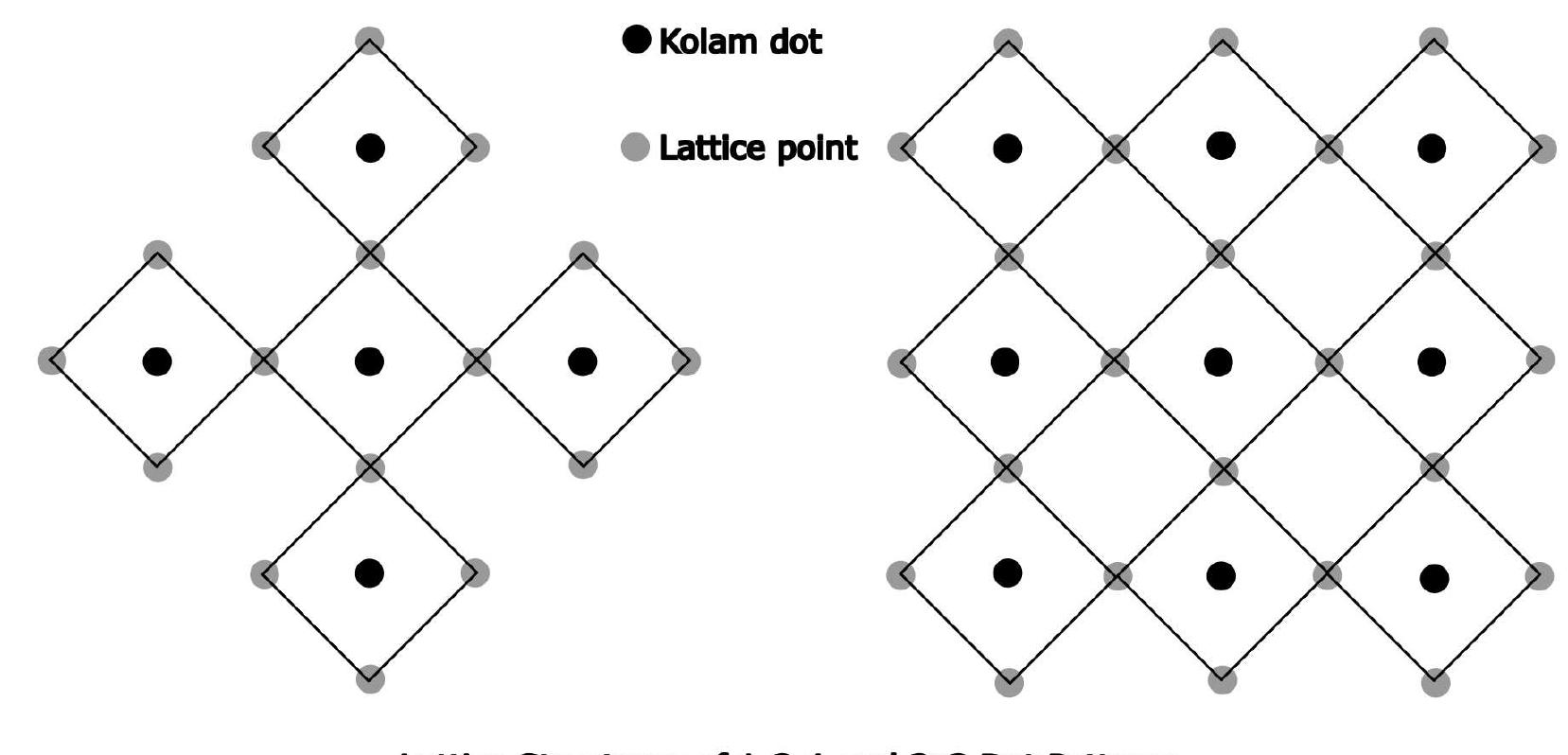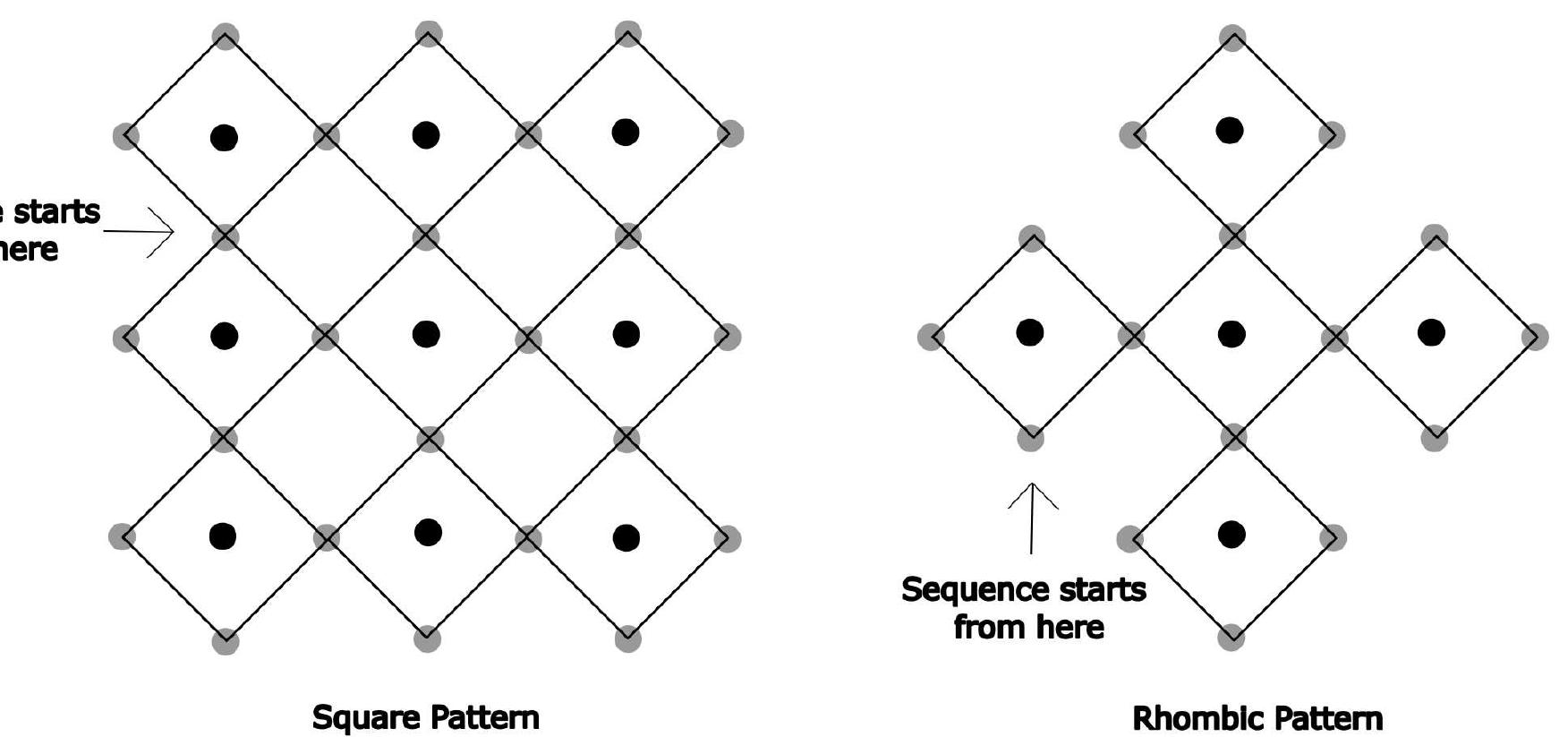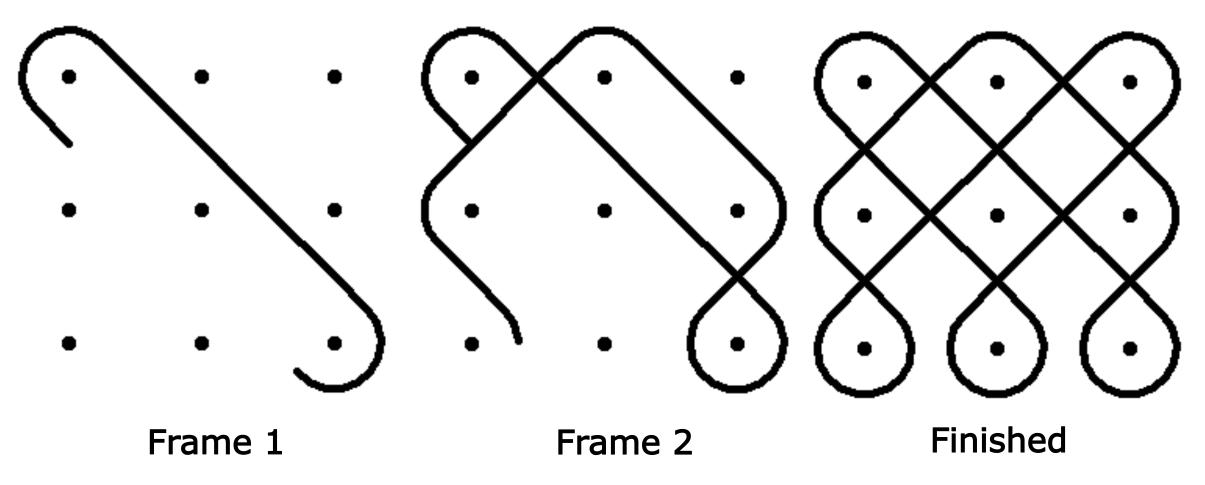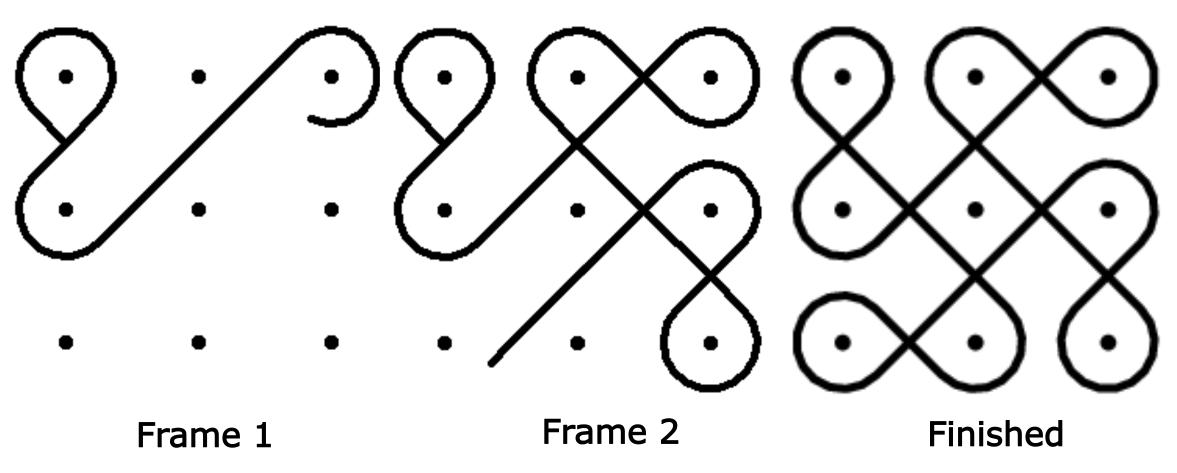PREFACE.
At the invisible frontiers where physics, chemistry, and biology converge, a new language emerges to describe life—not as a rigid succession of crystalline structures, but as a continuous flow of conformational possibilities. This book is born of a shared conviction between its co-authors—Joachim Frank, awarded the Nobel Prize in Chemistry in 2017 and pioneer of single-particle cryo-electron microscopy, and scientist Luis David Fernández Zambrano, legal philosopher and Director of the Chair for Culture of Peace and Human Rights at the Faculty of Social Sciences of the University of Buenos Aires—that contemporary science requires not only precision, but also sensitivity; not only algorithms, but interdisciplinary intuition.
From Conformational Horizons to Energetic Truths is not just another treatise on structural biology. It is a critical cartography of the challenges, boundaries, and possibilities that shape today’s efforts to reconstruct free energy landscapes in the context of single-particle cryo-EM, in a world where it is no longer enough to know a molecule’s “structure,” but rather the paths it follows, the barriers it overcomes, and the energetic truths revealed by its motion.
Inspired by natural metaphors—like a rolling meadow where a flock of sheep represents the individual particles captured by cryo-EM—this book transitions from visual poetry to mathematical physics with ease. In that meadow, each curve of the terrain symbolizes a possible conformation, each valley an energy minimum, and each hill a barrier that limits molecular movement. From this didactic image, we unfold a novel scientific architecture: a set of integrated tools that transform the promise of cryo-EM into high-fidelity maps.
The first challenge we address is uneven sampling. In regions with low data density, where few particles have been recorded, the risk of overestimating or underestimating their relevance is high. We propose dynamic baskets—adaptive collection devices that move toward scarcely explored zones—as an analogy for adaptive sampling, capable of increasing coverage without disproportionately increasing the experimental burden. These strategies are inspired by active data acquisition approaches and are complemented by enrichment techniques using targeted labels or ligand condition manipulation.
Secondly, we confront the computational and statistical challenges of processing millions of molecular projections in high-dimensional spaces. Through swarms of “parallel drones”—a metaphor for CPU+GPU architectures working in tandem—we avoid memory bottlenecks that have historically limited large-scale use of manifold embedding. At the statistical level, we move from discrete histograms to smooth distributions, implementing hierarchical Bayesian inference with physical regularization, enabling the capture of real uncertainty in data-scarce regions while respecting fundamental thermodynamic principles.
One of the most innovative contributions of this volume is the formulation of new physico-chemical equations, designed specifically to reduce error margins in energy landscape reconstruction. We introduce adaptive corrections to the Boltzmann distribution, enriched Fokker–Planck models with flows directed toward regions of interest, and hybrid free energy functionals that integrate MD simulations (such as MDSPACE) with experimental data. These mathematical frameworks not only improve precision but elevate the analysis to an explainable and reproducible dimension.
To experimentally validate the inferred pathways, the book presents a powerful fusion of hybrid data: techniques such as single-pair FRET, cross-linking mass spectrometry (XL-MS), and vitrification-based thermal analysis help confirm, correct, or discard illusory valleys. The inclusion of a mixed Q-metric synthesizes the coherence between computational predictions and empirical evidence, providing a robust validation criterion.
Equally significant is the reflection on scientific ethics and traceability. In a time when data access and methodological transparency are as critical as the discoveries themselves, we examine open data management policies promoted by platforms such as EMDB and EMPIAR. We advocate for the necessity of sharing not only final reconstructions, but also raw micrographs, classification parameters, and analytical decisions that shape the final model.
This deeply interdisciplinary book is also a tribute to creative collaboration between the hard sciences and the social sciences. At the intersection of cryo-EM and the phenomenology of the invisible, of free energy and interpretive freedom, a transformative pedagogy unfolds—one that engages with education, the philosophy of knowledge, and human rights. As Luis David Fernández Zambrano insightfully suggests, molecular structures also have a history—they travel paths, encounter obstacles, and make decisions that resonate with the human condition.
Ultimately, what we offer is not merely a scientific roadmap, but an invitation: to contemplate matter not as something static, but as an open system of possible transformations. To listen to the vibrant language of molecules. To map, with precision and poetry, the frontier between the probable and the true.
From Conformational Horizons to Energetic Truths is, in essence, an intellectual and technical journey toward a more honest and complete understanding of molecular motion—and a testament to what can happen when a Nobel laureate in chemistry and a philosopher of law come together to reconstruct the invisible landscapes of life.
Atte, Luis David Fernández Zambrano.
Institutional Pages:
https://www.nobelprize.org/prizes/chemistry/2017/frank/facts/https://biology.columbia.edu/content/joachim-frankhttps://magazine.columbia.edu/article/joachim-frank-wins-nobel-prize-chemistryWORDS OF GRATITUDE
To my mentors: Adolfo Pérez Esquivel, Nobel Peace Prize Laureate (1980); Santos Vera Sandoval; Martha Minow; Román Faustino Fernández Adriano; Rosa María Zambrano Encalada; Luis Amparo Grimaldo Zapata; Tomás Várnagy; Sonia Winer; Daniel Elía; Josefina Miró Quesada Gayoso; Jhanela Brigite Aguirre Obando; Wilfredo Rueda Zegarra; Laura Mercedes Grimaldo Hidalgo; Ángel Atuncar Gutiérrez; Teresa Zamudio Ojeda; Richard Lovera Herrera; Miuller Barrera Trujillo; Mario Miranda Morales; Jesús Chuchón Vilca; Ítala Andrea Preguntegui Garrafa; Jesús Domingo Mavila Salón; Isabel Dafne Márquez Galarza; Manuel Raymundo Centeno Caffo; Orlando Vera Sandoval; Miguel Ángel Ciuro Caldani; Jesús Ruiz; Enrique Fidel Verástegui Peláez; Midori Estefanía Zuazo Aulla; Francisco Miró Quesada Cantuarias; Federico Fernández Adriano; Paula Olivia Rapetti; Rabbi Daniel Chapán; Olga Sandoval Julián; and Luis Alberto Sánchez Sánchez—thank you for your wisdom, compassion, and enduring inspiration.
To my parents—both earthly and spiritual—and to my beloved friends and relatives, including José Luis Pérez Chumpitaz and Guillermo Martín Morales Zambrano, whose unwavering support has sustained me through the most challenging times: may God bless you abundantly on your journeys.
I wish to express special gratitude to Luis Amparo Grimaldo Zapata, Ángel Atuncar Gutiérrez, Federico Fernández Adriano, my spiritual guide Santos Vera Sandoval—The King of Lambayeque—and José Campos Saavedra, whose guidance continues to illuminate our path from the heavens during these trying times.
My heartfelt appreciation extends to my distinguished friend and esteemed colleague, Joachim Frank, a biochemist at Columbia University, who won the 2017 Nobel Prize in Chemistry for his contribution to the development of a method for creating high-resolution 3D images of biomolecules such as proteins, lipids, and ribosomes. He shares the prize with Richard Henderson of the MRC Laboratory of Molecular Biology in Cambridge, UK, and Jacques Dubochet of the University of Lausanne, Switzerland. The trio’s technique, known as cryo-electron microscopy, is widely recognized for having revolutionized biological research. “This method has taken biochemistry into a new era,” proclaimed the official award announcement from the Royal Swedish Academy of Sciences. “In recent years, scientific literature has been filled with images of everything from proteins that cause antibiotic resistance to the surface of the Zika virus.”
For scientists studying the inner workings of cells, it is often essential to understand what individual molecules look like. The shape of a protein, for example, can determine its function. However, before cryo-electron microscopy became widely available roughly five years ago, scientists struggled to produce images of these molecules that weren’t blurry.
This book is dedicated to all noble-hearted individuals around the world who, with integrity and perseverance, pursue their studies, work, and projects in the service of justice, human dignity, and intellectual excellence. In particular, I honor my teachers in Peru: Haroli Alessandra Hernández Varilla, Federico Fernández Adriano, Luis Amparo Grimaldo Zapata, Enrique Verástegui Peláez, César Chambergo Rojas, Víctor Raúl Yactayo Castillo, Alessandra Martínez Tito, Ítala Preguntegui Garrafa, José Campos, Carlos Vera Scamarone, Diego Alberto Silberg, Domingo Jesús Mavila Salón, Teresa Esperanza Zamudio Ojeda, Richard Lovera Herrera, José Antonio Ñique de la Puente—"El Niño de Praga"—Santos Vera Sandoval, affectionately known as "REY de Lambayeque," José Campos Saavedra, Orlando Vera de la Cruz, Mario Miranda Morales, Maritza Romero, Jesús Ruiz, Brigite Aguirre Obando, Rubí Pariona Claux, Sol de los Ángeles Gómez, Milagros del Rosario Ravello Fernández, Fabián Fernández de la Cruz (and sister), their nephews and family members of goodwill, and Jesús Rojas—a universal promise in the humanities.
I also pay tribute to my legendary mentors from across the globe, including Martha Minow, Adolfo Pérez Esquivel, Glenn Cohen, Daniel Chapán, Miguel Ángel Ciuro Caldani, ...





























































































